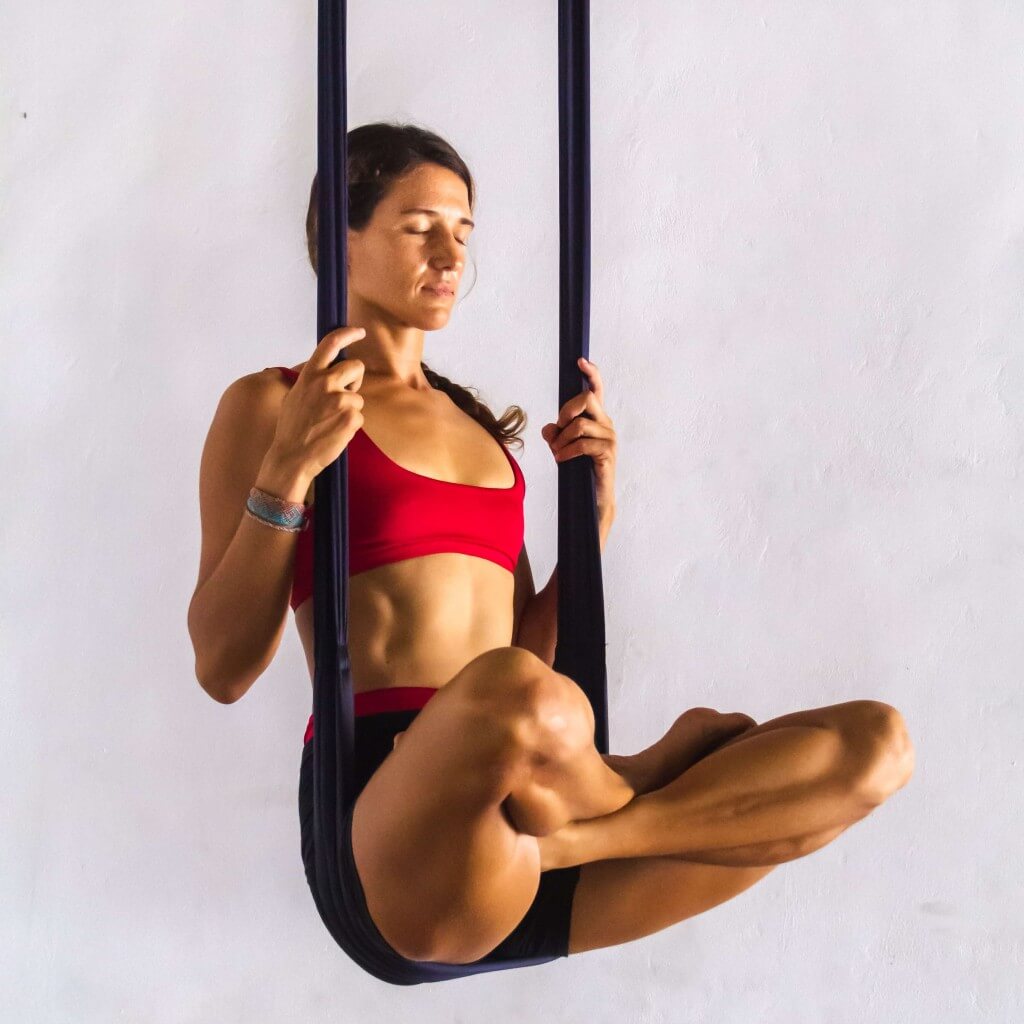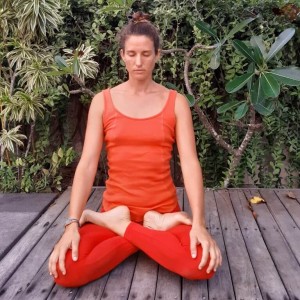To Lotus or not to Lotus?
Our individual bone structure plays an important part in us being able to safely access Lotus Pose.

Our hip structure can vary from person to person. Some hip sockets face to the side of the pelvis, some, more forward. We can even have one hip socket that is more forward than the other side & not be symmetrical. This placement of our hip’s sockets determines how much internal & external rotation we can achieve.
We also have different shapes to our bones, called Torsion. Torsion is the natural spiral shape of our bones. In some people a little, for others vast. This affects the placement of the neck of the femur & how it sits in the hip socket to allow for the external rotation required for a pose like Lotus.
200 hours VINYASA & YIN Yoga TEACHER TRAINING, Bali 🏝️
Rotation / Compression
External rotation can be limited by tightness in the muscles/ tissues that surround the joint. But what can ultimately prevent us from accessing this shape is compression: when bone hits bone; how the neck of the femur meets the rim of the hip socket. As we reduce tightness, it will become compression that is limiting the range of movement.
Understanding that the ultimate limit in pur physical body is our skeletal structure enables you to build a healthy relationship with your body & avoid injuries. It can initiate exploration, developing a conscious practice.
We can become more mindful of the motivation of our practice, to improve the functionality of our body, the fluidity of our connective tissue, our range of motion & balance the movement of energy.
Develop a functional approach, feel empowered. Understand the bio-mechanics of the body; exploring movement & how your individual skeletal structure can affect your poses.
Thanks for the collaboration www.akirayoga.com



